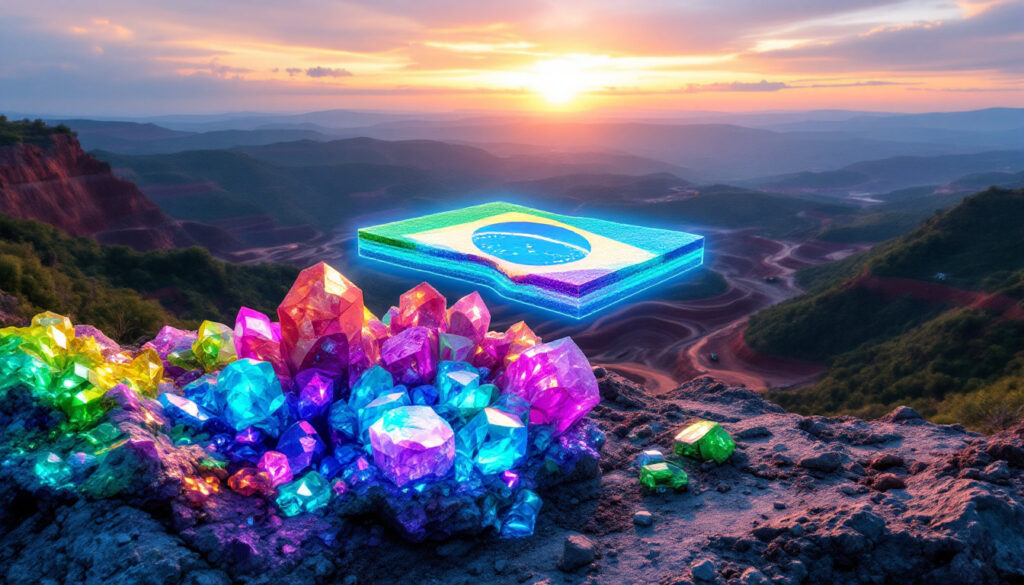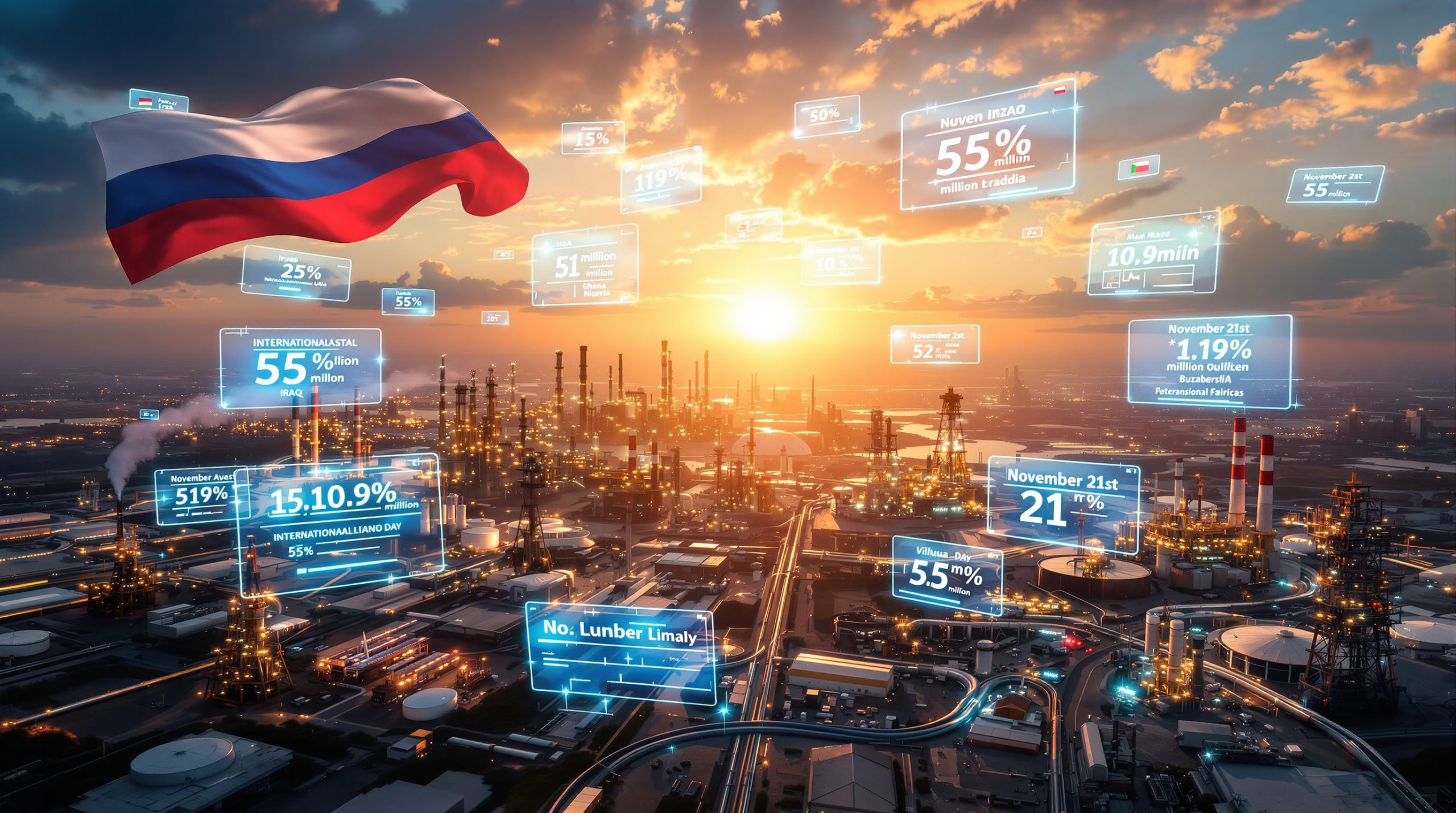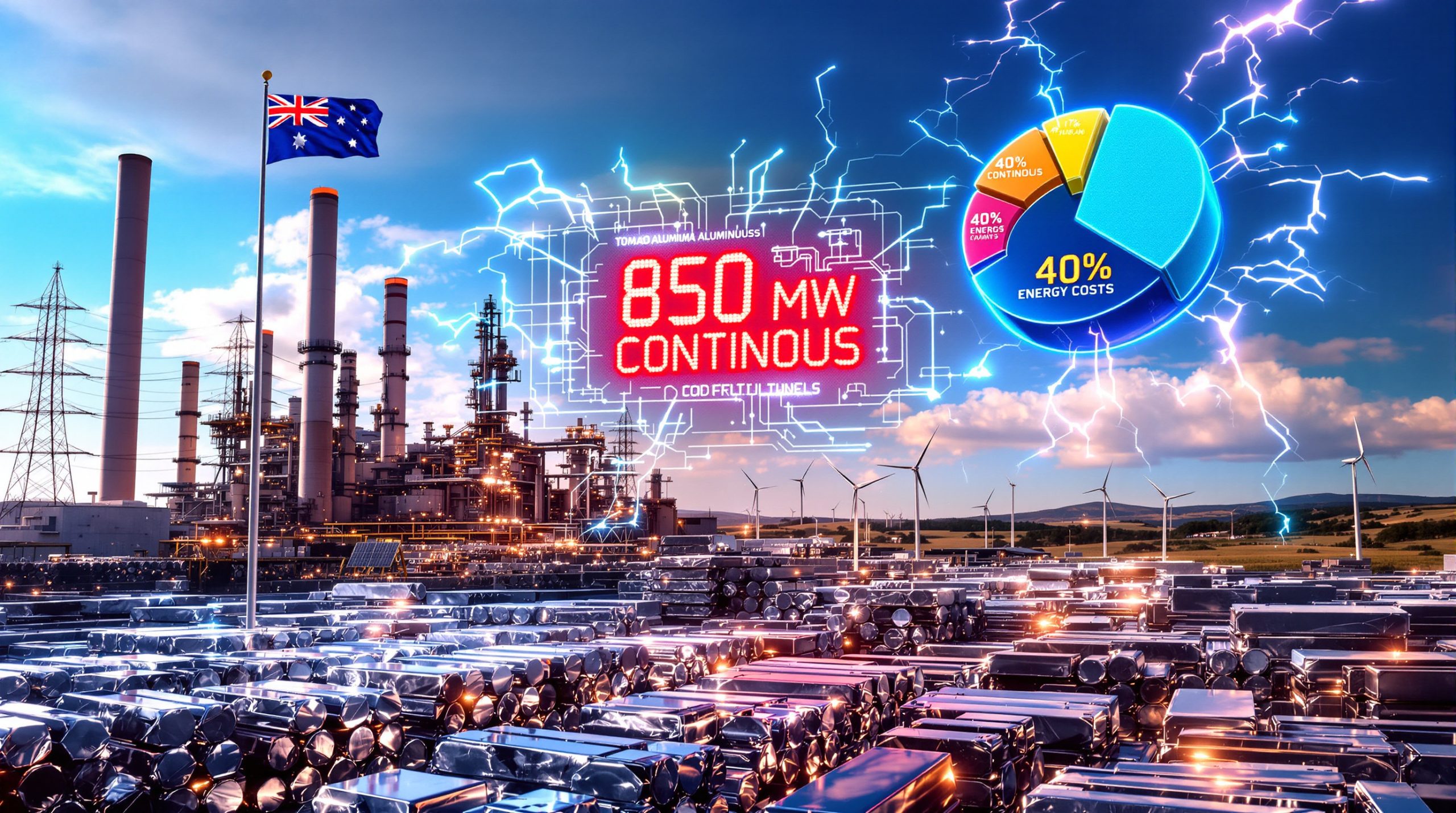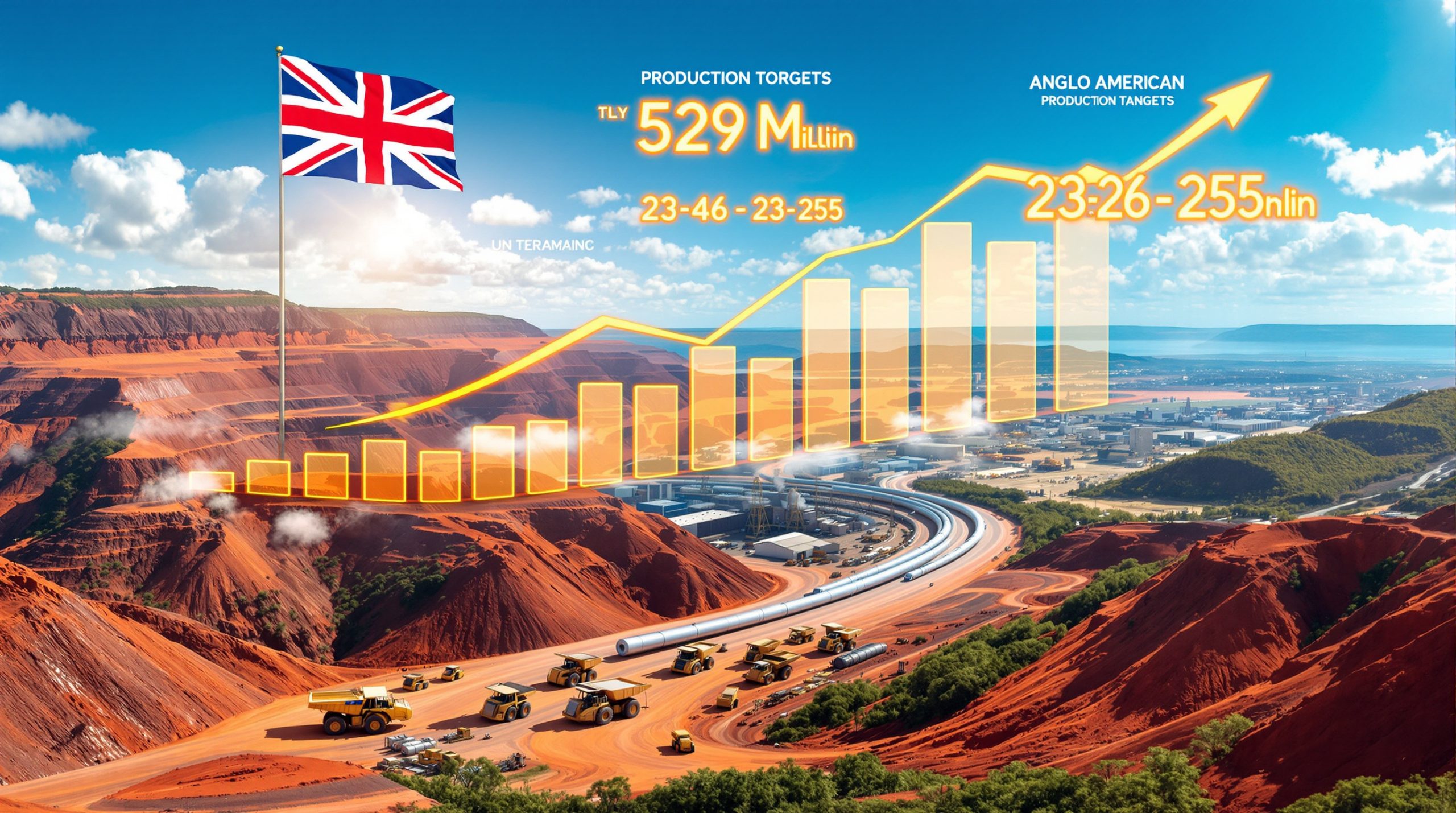What Is Meteoric Resources and Why Is It Making Headlines?
Meteoric Resources (ASX: MEI) is an ASX-listed rare earths mining company focused on developing its 100%-owned Caldeira Rare Earth Element Ionic Clay Project in Brazil. The company has recently attracted significant investor attention following the announcement of its maiden Mineral Resource Estimate (MRE) for the Barra do Pacu project, which is part of the larger Caldeira project that Meteoric acquired in December 2022.
The company's strategic importance has grown substantially in the context of global rare earth supply concerns, particularly as Western nations seek alternatives to China-dominated supply chains. The Caldeira project represents one of the most promising non-Chinese rare earth developments in recent years, with its ionic clay deposits offering potentially lower extraction costs compared to traditional hard rock mining operations.
Key Facts About Meteoric Resources
- ASX ticker: MEI
- Primary focus: Rare earth elements (REEs)
- Flagship project: Caldeira Rare Earth Element Ionic Clay Project (Brazil)
- Acquisition date: December 2022
- Recent stock performance: 33.3% single-day gain (April 15, 2025)
While many investors are just discovering Meteoric Resources ASX news, geological experts have long recognized the Caldeira region's potential. The area contains the type of ionic clay deposits that are geologically similar to those found in southern China's rare earth mining districts, but with potentially higher grades of magnet rare earth elements like neodymium and praseodymium.
Why Did Meteoric Resources' Share Price Surge 33% Recently?
The dramatic 33.3% share price increase on April 15, 2025, was triggered by the company's announcement of impressive resource estimates at its Barra do Pacu project. This significant price movement pushed the stock back into positive territory for 2025, reflecting strong investor confidence in the company's rare earth resource potential.
Market analysts note that this price movement is particularly significant given the relatively bearish sentiment in the broader small-cap mining sector. The surge indicates that investors are specifically targeting companies with exposure to critical minerals needed for the clean energy transition, rather than traditional mining commodities.
Breakdown of the Price Catalyst
- Share price jumped from 6.9 cents to 9.2 cents in a single trading session
- The surge followed the release of the maiden Mineral Resource Estimate for Barra do Pacu
- The timing coincided with China's April 4 announcement of new China's export controls on certain rare earth elements
- Investors responded positively to the potential for an alternative rare earths supply chain
Resource sector analysts point out that the market is increasingly factoring in a "geopolitical premium" for rare earth deposits located in politically stable jurisdictions like Brazil. This represents a shift from traditional valuation models that focused primarily on grades and extraction costs.
What Are the Key Metrics from Meteoric's Latest Resource Estimate?
The maiden Mineral Resource Estimate revealed substantial rare earth deposits that significantly expanded the company's overall resource base at the Caldeira project. Mining specialists have noted that the combination of size, grade, and favorable mineralogy makes this one of the most promising rare earth discoveries outside of China in the past decade.
Resource Size and Grade
- Barra do Pacu MRE: 389 million tonnes at 2,204 ppm total rare earth oxides (TREO)
- Updated global Caldeira MRE: 1.5 billion tonnes at 2,359 ppm TREO
- 35% increase in total tonnage compared to the March 12 update
- Global Measured and Indicated MRE: 666 million tonnes at 2,685 ppm TREO
- Magnet rare earth oxides (MREO) content: 22.5% of total resource
Mineral economics experts highlight that the MREO content—which includes critical elements like neodymium, praseodymium, dysprosium, and terbium—is particularly significant. These elements command premium pricing due to their essential role in permanent magnets for electric vehicles and wind turbines.
Strategic Significance of the Resource
- Combined Measured and Indicated Resource for Capao do Mel and Barra do Pacu: over 150 million tonnes at greater than 3,000 ppm TREO
- Resource located within 1,000 meters of the proposed processing plant site
- Identified as a potential "starter area" for future mining operations
- Expected to drive strong economic returns and rapid capital payback
Mining engineers familiar with rare earth projects note that the proximity to the planned processing facility significantly reduces haulage costs, which can be a major operational expense for large-scale mining operations. This logistical advantage could translate to enhanced project economics.
How Do Rare Earth Elements Impact the Global Market?
Rare earth elements play a crucial role in modern technology and the global energy transition, making Meteoric's resource announcement particularly significant in the current geopolitical context. The 17 elements that comprise the rare earth group are increasingly recognized as strategic resources by governments worldwide.
Strategic Importance of Rare Earth Elements
- Essential components for high-end technology applications
- Critical materials for the global energy transition
- Used in permanent magnets, electric vehicles, wind turbines, and electronics
- Subject to supply chain concerns due to China's market dominance
Materials scientists point out that substitution options for rare earths in many applications are limited or non-existent, creating a "technological lock-in" that ensures continued demand growth. For example, NdFeB (neodymium-iron-boron) magnets have no viable alternatives for applications requiring high magnetic strength in compact forms.
Geopolitical Context
- China announced new export controls on "certain medium and heavy rare earth-related items" on April 4, 2025
- These controls are part of an intensifying trade dispute with the United States
- Creates market opportunity for alternative suppliers outside China
- Positions Meteoric's Brazilian project as a potential strategic resource for Western supply chains
International trade experts suggest that China's rare earth export restrictions might accelerate Western investment in alternative supply sources. Currently, China controls approximately 85% of global rare earth processing capacity, creating a critical vulnerability for industries dependent on these materials.
What Does Management Say About the Future of the Project?
Meteoric's management has expressed optimism about the project's potential, highlighting its strategic importance and future development plans. Their confidence is particularly noteworthy given the technical challenges that typically face rare earth developments.
Management Statements
According to Meteoric Managing Director Stuart Gale:
"Barra do Pacu is immediately south of the Capao do Mel resource and with this update we can now include it in the upcoming Pre-Feasibility Study."
"This resource estimate effectively doubles the Indicated Resource located within 1,000 metres of the proposed processing plant site. The combined Measured and Indicated Resource for Capao do Mel and Barra do Pacu is in excess of 150 million tonnes at greater than 3,000ppm TREO including greater than 20% MREO."
Industry insiders note that management's emphasis on the MREO content is significant, as these elements typically account for over 80% of the economic value in rare earth deposits despite representing a smaller percentage of the total rare earth content.
Development Timeline
- The resource will be included in the upcoming Pre-Feasibility Study
- The company has identified an "obvious starter area" for future mining operations
- Focus on driving strong economic returns and rapid capital payback
Mining finance specialists point out that the staged development approach mentioned by management is increasingly favored for rare earth projects, as it reduces initial capital requirements and allows for earlier revenue generation to fund subsequent expansion.
The Technical Advantage of Ionic Clay Deposits
Meteoric Resources' Caldeira project has a significant competitive advantage due to its geological classification as an ionic clay deposit. These deposits are relatively rare outside of southern China and offer several technical advantages over hard rock rare earth deposits.
Processing Simplicity
- Ionic clay deposits allow for simple leaching extraction rather than complex metallurgical processing
- Lower capital expenditure requirements compared to hard rock projects
- Significantly reduced environmental footprint with no radioactive thorium or uranium by-products
- Potential for production within 2-3 years versus 5-8 years for traditional rare earth mines
Metallurgical experts note that the absence of radioactive elements in ionic clay deposits eliminates one of the most challenging aspects of rare earth production. Traditional hard rock rare earth mines often produce thorium and uranium as by-products, requiring specialized mining feasibility insights and disposal.
Extraction Economics
- Operating costs typically 30-50% lower than hard rock rare earth operations
- Simplified recovery process using ion exchange techniques
- Reduced energy requirements for processing
- Higher recovery rates for heavy rare earth elements
The economic advantage of ionic clay deposits becomes particularly significant when considering that processing costs, rather than mining costs, typically account for 60-70% of the total operating expenses for rare earth projects.
How Does Meteoric Resources Compare to Other ASX Mining Stocks?
While Meteoric Resources has seen impressive recent gains, it's important to understand how it compares to other mining stocks in the ASX All Ordinaries Index. The company operates in a niche but increasingly strategic mineral sector.
Comparative Analysis
- Meteoric's 33.3% single-day gain outperformed the broader All Ordinaries Index, which rose only 0.4% on the same day
- The company is positioned in the rare earths sector, which has strategic importance but can be volatile
- As a smaller mining company, Meteoric may offer higher growth potential but with increased risk compared to larger miners
Investment strategists note that rare earth stocks typically trade at higher valuation multiples than traditional mining companies due to their strategic importance and growth potential. However, they also exhibit higher volatility due to geopolitical factors affecting pricing.
Investment Considerations
- Rare earth projects typically require significant capital investment
- Development timelines can be extended, affecting near-term returns
- Supply and demand dynamics for rare earths are heavily influenced by geopolitical factors
- China's dominance in rare earth processing creates both challenges and opportunities
Resource market specialists point out that while rare earth elements are not actually rare in the Earth's crust, economically viable concentrations are uncommon. This geological reality, combined with processing complexities, creates significant barriers to market entry that can benefit established players like Meteoric Resources ASX news.
What Are the Key Milestones to Watch for Meteoric Resources?
Investors interested in Meteoric Resources should monitor several upcoming developments that could impact the company's valuation and prospects. The progression from resource definition to production involves several critical decision points.
Future Catalysts
- Completion and results of the Pre-Feasibility Study
- Further resource definition and expansion
- Metallurgical test work results
- Environmental permitting progress
- Strategic partnerships or offtake agreements
- Project financing arrangements
- Production timeline announcements
Mining industry analysts emphasize that pre-production off-take agreements are particularly significant for rare earth projects. These agreements, which commit future production to specific buyers, can substantially de-risk projects and unlock project financing.
Regulatory and Environmental Considerations
The development of rare earth projects involves navigating complex regulatory environments, particularly regarding environmental factors. Meteoric's project in Brazil faces both challenges and opportunities in this regard.
Brazilian Mining Regulations
- Brazil has a well-established mining code with clear pathways to production
- Environmental licensing requires three-stage approval process
- Indigenous land rights must be respected and addressed
- Foreign investment in critical minerals is generally welcomed by Brazilian authorities
Environmental engineers note that ionic clay rare earth projects like Caldeira typically have significantly reduced environmental impacts compared to hard rock operations. The absence of radioactive elements and the potential for in-situ leaching methods could streamline the permitting process.
ESG Performance Factors
- Growing investor focus on Environmental, Social, and Governance metrics
- Rare earth production outside China potentially offers improved sustainability credentials
- Community engagement and local employment opportunities can enhance social license
- Transparent governance practices increasingly vital for project financing
Sustainable investing experts highlight that Western rare earth developers face more rigorous ESG standards than Chinese competitors, potentially creating both challenges and marketing advantages for companies like Meteoric Resources.
FAQs About Meteoric Resources and Rare Earth Elements
What are rare earth elements and why are they important?
Rare earth elements (REEs) are a group of 17 metallic elements that, despite their name, are relatively abundant in the Earth's crust but rarely found in concentrated, economically viable deposits. They're crucial for manufacturing high-tech products including smartphones, electric vehicles, wind turbines, and defense technologies due to their unique magnetic, luminescent, and electrochemical properties.
The most economically significant rare earths include neodymium, praseodymium, dysprosium, and terbium, which are essential components in the NdFeB permanent magnets that power electric vehicle motors and wind turbine generators. A single large wind turbine can contain up to 600 kg of rare earth materials.
How does China's dominance in rare earths affect the market?
China controls approximately 85% of global rare earth processing capacity, giving it significant influence over global supply chains. Recent export restrictions highlight the strategic vulnerability for Western nations, creating opportunities for companies like Meteoric Resources that are developing alternative sources outside China.
The pricing of rare earth elements is particularly opaque, with limited spot market transactions and prices often negotiated directly between producers and end-users. This market structure, combined with China's dominance, creates significant price volatility when supply disruptions occur.
What makes Meteoric's Caldeira project potentially valuable?
The Caldeira project contains ionic clay deposits, which are generally easier and less expensive to process than hard rock rare earth deposits. The project's high grades, substantial size, and favorable composition (including valuable magnet rare earths) make it potentially significant as an alternative supply source.
Geological experts note that the weathering processes that created Caldeira's ionic clay deposits concentrated the heavier rare earth elements, which are typically more valuable but harder to find in economic concentrations. This natural enrichment process gives the project a potential competitive advantage in addressing critical mineral shortages.
What risks should investors consider when evaluating Meteoric Resources?
Key risks include:
- Commodity price volatility for rare earth elements
- Technical challenges in extraction and processing
- Capital requirements for project development
- Potential regulatory and environmental hurdles
- Competition from other emerging rare earth projects
- Geopolitical factors affecting the rare earths market
- Typical mining project development risks and timelines
Mining finance specialists caution that the rare earth sector has historically seen numerous project failures due to underestimated processing complexities and separation costs. Investors should carefully assess a company's technical team and their experience with rare earth metallurgy.
How do ionic clay rare earth deposits differ from hard rock deposits?
Ionic clay deposits typically allow for simpler extraction methods using leaching techniques rather than conventional mining and complex processing. This can result in lower capital and operating costs, reduced environmental impact, and faster development timelines compared to hard rock rare earth projects.
The key technical advantage lies in the fact that rare earth elements in ionic clays are weakly bonded to clay particles, allowing them to be extracted using simple salt solutions rather than aggressive chemical processing. This extraction method typically recovers 60-80% of the contained rare earths versus 30-60% for hard rock deposits, positioning these projects advantageously in the global critical minerals race and potential commodity super cycle.
Want to Spot the Next Major Mineral Discovery Before the Market?
Stay ahead of the curve with instant alerts on significant ASX mineral discoveries through Discovery Alert's proprietary Discovery IQ model. Visit the dedicated discoveries page to understand how major mineral finds like Meteoric Resources' rare earth project can lead to substantial market returns and begin your 30-day free trial today.




